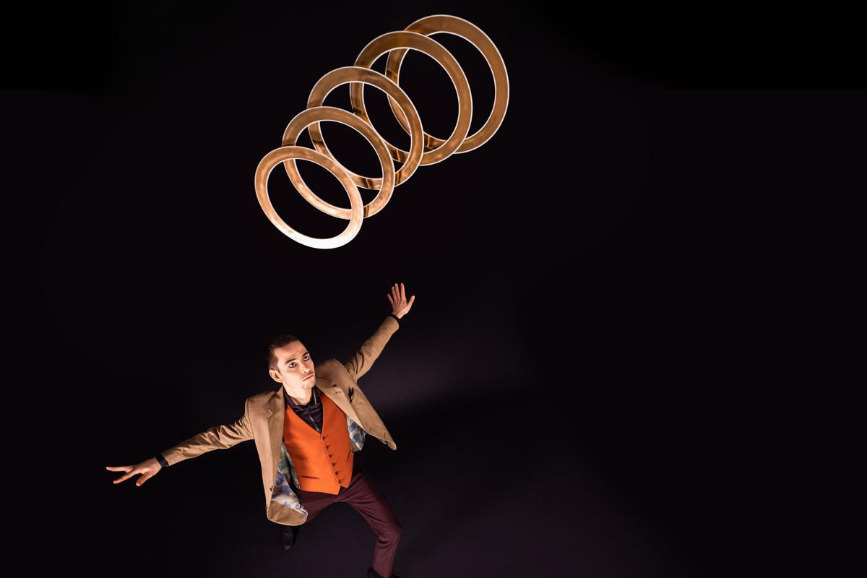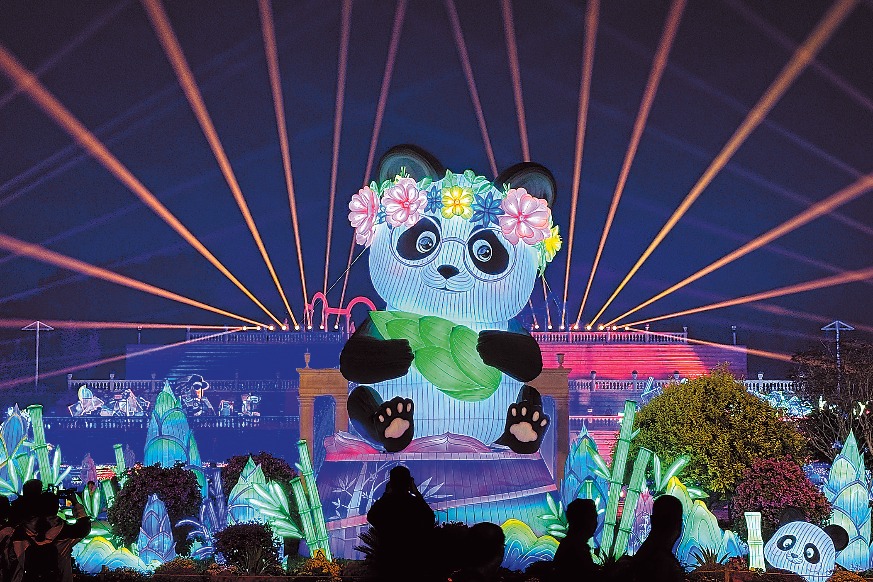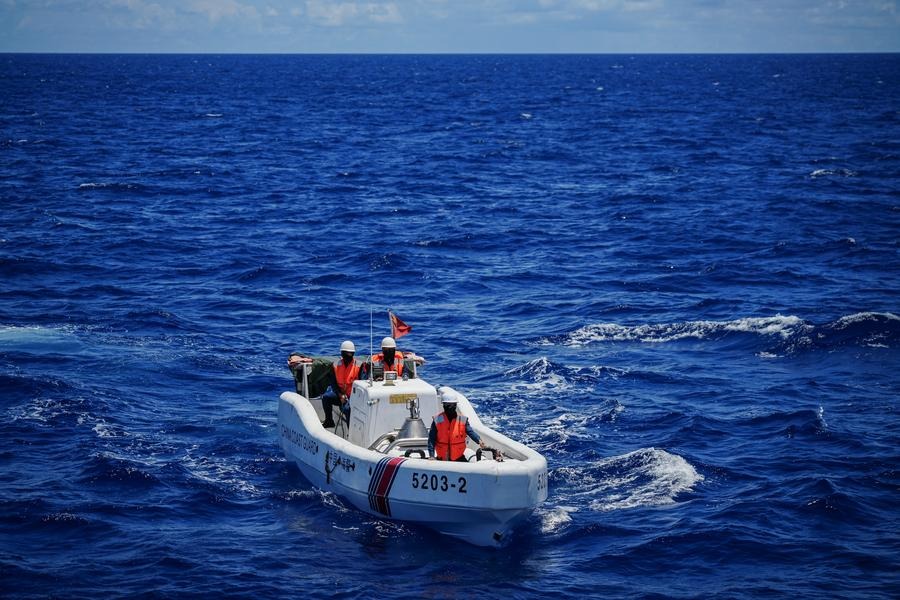Panda twins born in Hong Kong


HONG KONG -- The Hong Kong Special Administrative Region (HKSAR) government on Thursday announced the birth of panda twins early Thursday morning in Hong Kong.
The pair, a female and a male, were cubs of Ying Ying and Le Le, pandas given as a gift by the central government to Hong Kong in 2007. In March, Ying Ying and Le Le successfully completed natural mating in Ocean Park.
After five months of gestation, female giant panda Ying Ying finally gave birth to the twins at 2:05 am and 3:27 am on Thursday.
A team of animal care professionals, together with experts from the China Conservation and Research Center for Giant Panda, are working around the clock to take care of Ying Ying and the newborn twins until their condition is fully stabilized, according to the Information Services Department of the HKSAR government.
Ying Ying and Le Le were the second pair of gift pandas from the central government to celebrate the 10th anniversary of Hong Kong's return to the motherland. The first pair, An An and Jia Jia, were given in 1999.
In 2016, Jia Jia, the female giant panda who secured her name in the record books as the world's oldest living panda in captivity, passed away at the age of 38. An An died in 2022 at the age of 35. Both Ying Ying and Le Le were born in 2005.
John Lee, chief executive of the HKSAR, expressed his heartfelt thanks to the central government for gifting the pandas, which fully demonstrates its care and support for the HKSAR.
He also thanked the Ocean Park team for their meticulous care of the two pairs of giant pandas over the years, as well as the professional support from the China Conservation and Research Center for Giant Panda, which enabled the successful birth of the twin cubs.
- Major cultural landmark opens in Xiong'an New Area
- Intl fishing competition attracts 1,200 athletes from 21 countries
- Across China: Climate change in China's arid northwest draws academic, public attention
- China Focus: Chinese scientists propose excess 40Ar in lunar soil possibly from Earth wind
- Chinese team achieves breakthrough in multiple drone flight against challenging winds
- China's fresh commitment hailed as major contribution to global climate action





































